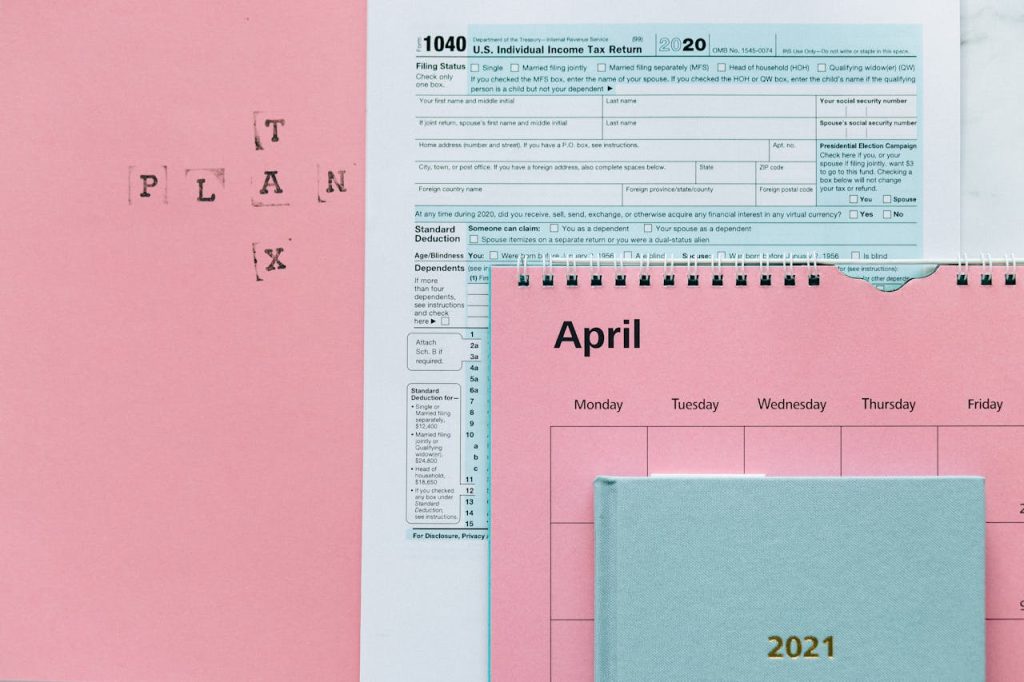
Filing your own taxes can save money and give you more control over your finances. But do-it-yourself, or DIY, tax filing comes with risks that can lead to costly errors. With tax laws changing and forms getting more complex, even small mistakes can trigger audits, missed refunds, or penalties. Understanding the most common pitfalls helps you file with more confidence. If you’re taking the DIY route this season, keep reading to learn about the seven major mistakes people make—and how to avoid them.
1. Missing Out on Credits and Deductions
One of the biggest DIY tax filing mistakes is overlooking valuable tax credits and deductions. Many filers stick to the basics and miss out on savings like the Earned Income Tax Credit, education credits, or deductions for student loan interest. Others don’t realize that medical expenses, charitable donations, or home office costs might lower their tax bill. Each year, millions leave money on the table simply because they don’t know what they qualify for.
To avoid this mistake, review the IRS website or use reputable tax software that prompts you for all relevant information. If you’re unsure, consider consulting a tax professional for a second look.
2. Entering Incorrect Personal Information
It’s easy to overlook typos, but entering the wrong Social Security number, birthdate, or bank account information can cause major headaches. These errors can delay your refund or even result in a rejected return. Double-check all personal details before you file, especially if you’re rushing to meet the deadline. Make sure names match what’s on your Social Security card and that you haven’t transposed any numbers.
3. Misreporting Income
DIY tax filers sometimes forget to report all their income, especially from side gigs, freelance work, or investments. The IRS receives copies of all your W-2s and 1099s, so leaving out even a small amount can trigger a letter or audit. With the rise of gig economy jobs, it’s more important than ever to keep track of every income source.
Use a checklist and gather all income documents before you start your return. If you realize you’ve missed something after filing, you can submit an amended return to correct it.
4. Filing the Wrong Tax Forms
Choosing the wrong tax form is a classic DIY tax filing error. Some people use the simplest form available, thinking it will save time, but this can cause them to omit important information or credits. Others use a more complicated form than necessary, making the process harder and increasing the chance of mistakes.
Review which IRS form (1040, 1040A, 1040EZ, etc.) matches your financial situation.
5. Overlooking State and Local Taxes
Many DIY tax filers focus only on their federal return and forget about state or local tax requirements. Each state has its own rules, deadlines, and forms. Missing a state or city return can lead to penalties or interest charges down the road. In some cases, you might even miss out on a refund.
Check with your state’s department of revenue for specific filing requirements. Online filing tools often guide you through both federal and state returns, but it’s up to you to make sure nothing is missed.
6. Missing the Filing Deadline
Procrastination is a common problem with DIY tax filing. Waiting until the last minute can lead to rushed errors or missed deadlines. Filing late—without requesting an extension—can result in costly penalties and interest on any taxes owed. The IRS deadline is usually April 15, but it can vary year to year.
If you think you’ll miss the deadline, file for an extension as soon as possible. Remember, an extension gives you more time to file, but not to pay. Estimate your tax due and submit payment to avoid extra charges.
7. Not Keeping Proper Records
DIY tax filers sometimes toss out receipts or don’t keep copies of their filed returns. If the IRS has questions or if you need to amend your return, having organized records is essential. Hold onto all tax documents, receipts, and a copy of your submitted return for at least three years. If you claim deductions for things like home office expenses, keep detailed logs and receipts to back up your claims.
Tools like cloud storage or secure apps can help you store digital copies safely. This habit can save you headaches if you ever need to prove your case to the IRS or a state tax agency.
How to Make DIY Tax Filing Less Stressful
DIY tax filing doesn’t have to be overwhelming. By staying organized, starting early, and using up-to-date resources, you can avoid most common mistakes. Take advantage of reputable tax software reviews to find tools that match your needs. Remember, the goal is to file accurately and on time, not just quickly.
Every year brings new changes in tax law, so keep learning and don’t hesitate to ask for help if you’re unsure. Even if you prefer the DIY route, a quick check with a professional can sometimes save you more than it costs.
What’s your experience with DIY tax filing—have you made (or avoided) any of these mistakes? Share your story or tips in the comments below!
Read More
What Tax Preparers Aren’t Warning Pre Retirees About In 2025
5 Ways Missing One Tax Form Can Cost Your Heirs Thousands
The post 7 Major Mistakes in DIY Tax Filing appeared first on The Free Financial Advisor.







